Rising Fuel Prices
Rising fuel prices are emerging as a critical driver for the Motorcycles Market, prompting consumers to seek more economical transportation alternatives. As fuel costs escalate, motorcycles, which typically offer better fuel efficiency compared to cars, become increasingly attractive. Data shows that motorcycles can achieve fuel economies of up to 70 miles per gallon, significantly reducing the cost of commuting. This economic advantage is particularly appealing in regions where fuel prices are volatile. Consequently, the demand for motorcycles is likely to rise as consumers prioritize cost-effective solutions for their daily travel needs. The Motorcycles Market may witness a shift in consumer behavior, with more individuals opting for motorcycles as a practical response to rising fuel expenses.
Changing Demographics
Changing demographics are emerging as a notable driver for the Motorcycles Market, as younger generations exhibit different preferences and lifestyles compared to their predecessors. Millennials and Generation Z are increasingly drawn to motorcycles for their affordability, style, and the sense of freedom they provide. This demographic shift is reflected in market data, which indicates that motorcycle ownership among younger individuals is on the rise, with a notable increase in interest in smaller, more versatile models. Furthermore, the trend of experiential living, where individuals prioritize experiences over possessions, is contributing to the appeal of motorcycle riding as a recreational activity. Consequently, the Motorcycles Market is likely to adapt to these changing consumer profiles, offering products that resonate with the values and aspirations of younger riders.
Environmental Concerns
Environmental concerns are playing an increasingly influential role in shaping the Motorcycles Market. As awareness of climate change and pollution grows, consumers are becoming more conscious of their transportation choices. This shift is driving interest in motorcycles, particularly electric models, which offer a more sustainable alternative to traditional vehicles. The market for electric motorcycles is projected to grow significantly, with estimates suggesting that it could reach a valuation of several billion dollars within the next few years. Additionally, many governments are implementing incentives for electric vehicle purchases, further stimulating demand. As a result, the Motorcycles Market is likely to evolve, with manufacturers focusing on eco-friendly options to meet the changing preferences of environmentally aware consumers.
Increasing Urbanization
The trend of increasing urbanization appears to be a pivotal driver for the Motorcycles Market. As more individuals migrate to urban areas, the demand for efficient and compact transportation solutions rises. Motorcycles Market, being agile and easy to maneuver in congested city environments, are becoming a preferred choice for many commuters. In fact, data indicates that urban areas are witnessing a surge in motorcycle registrations, with some regions reporting growth rates exceeding 10% annually. This shift not only reflects changing transportation preferences but also highlights the potential for motorcycle manufacturers to cater to urban dwellers seeking cost-effective and space-saving mobility options. Consequently, the Motorcycles Market is likely to experience sustained growth as urbanization continues to reshape transportation dynamics.
Technological Advancements
Technological advancements are significantly influencing the Motorcycles Market, as manufacturers increasingly integrate innovative features into their products. The incorporation of smart technologies, such as advanced navigation systems, connectivity features, and enhanced safety mechanisms, is attracting a new generation of riders. For instance, the introduction of anti-lock braking systems and traction control has improved safety, making motorcycles more appealing to a broader audience. Moreover, the market for electric motorcycles is expanding, driven by advancements in battery technology that enhance range and performance. Reports suggest that the electric motorcycle segment could account for over 20% of total motorcycle sales by 2030, indicating a substantial shift in consumer preferences. Thus, the Motorcycles Market is poised for transformation as technology continues to evolve.
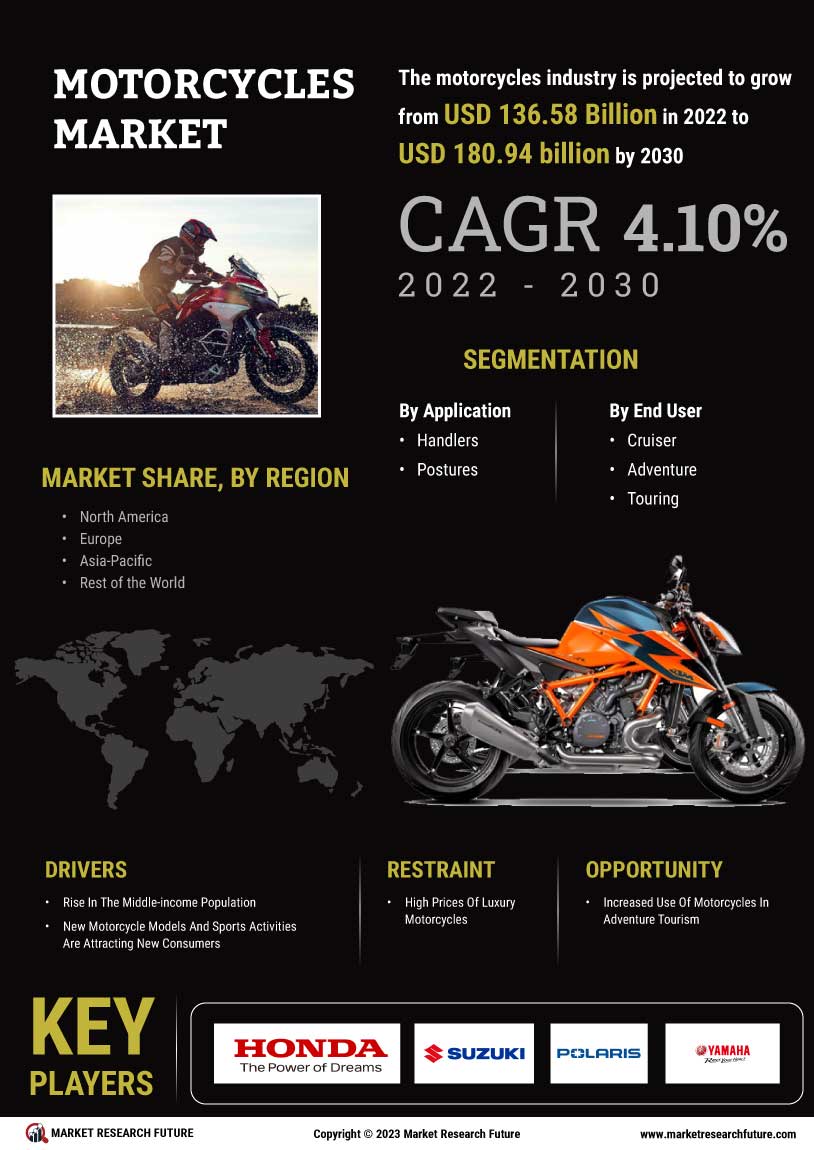

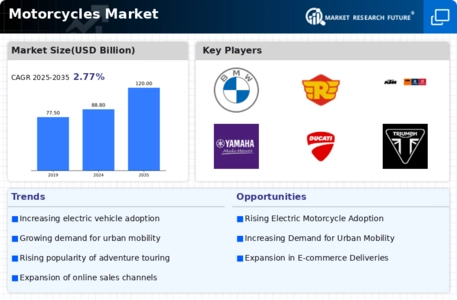
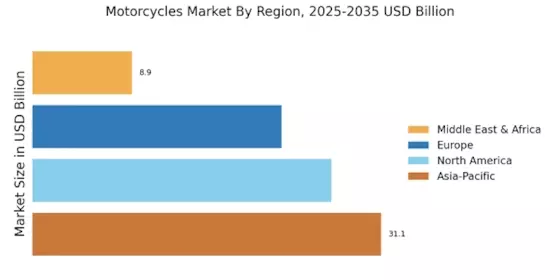
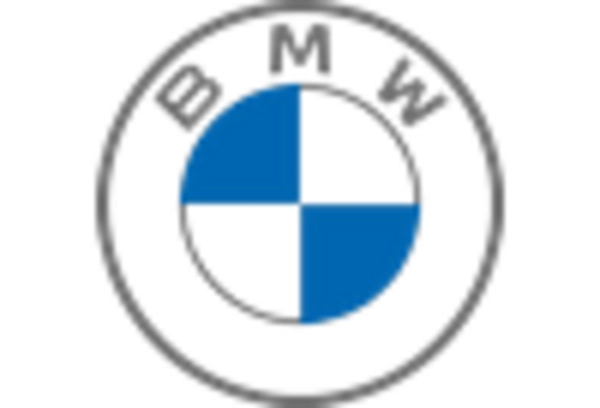


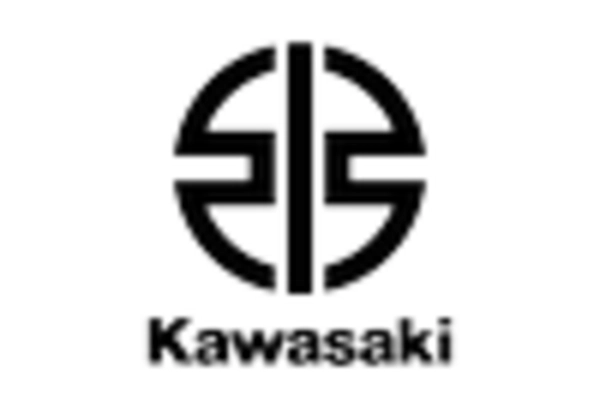










Leave a Comment